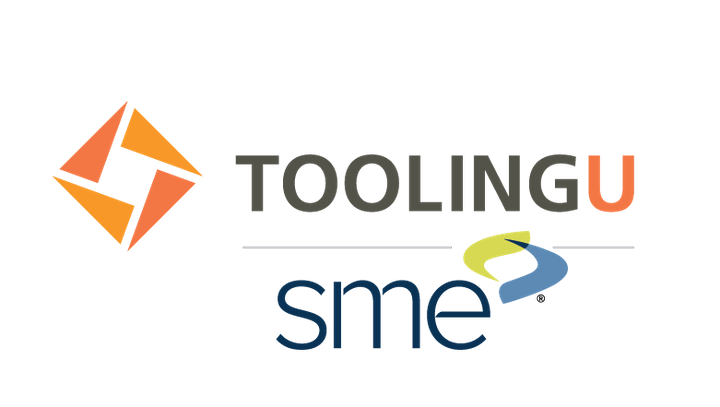"Contamination and Filter Selection" describes common contaminants that may affect a fluid system. Contaminants include solid particles, liquids, and energy. Hydraulic and pneumatic systems are both subject to contamination, but hydraulic systems are more susceptible due to their higher operating pressures and recirculation of fluid. Filters are used in a fluid system to clean fluid and control contamination. Filters are selected based on the target cleanliness for a system or component. A knowledge of the filter selection process helps fluid system operators to determine the most efficient and appropriate filter to use. Being aware of common contaminants that may damage a fluid system helps machine operators prevent malfunctions and reduces downtime.
Course Objectives:
- Describe fluid system failures associated with contamination
- Describe the role of fluid in a fluid power system
- Describe sources of fluid system contamination
- Describe the types of fluid system contaminants
- Describe pneumatic filters
- Distinguish between surface filters and depth filters
- Distinguish between filter locations in a hydraulic system
- Describe how an ISO 4406:1999 rating indicates a fluid's cleanliness
- Describe target cleanliness
- Distinguish between hydraulic filter ratings
- Describe how a filter condition indicator monitors filter performance
- Describe preventive maintenance for fluid and filters
- Describe system flushing methods.
Recommended Background
- Recommended for mechanical/electrical/plumbing maintenance technicians.
Course ID
TU287
Skill Focus
Beginner
Instructor(s)
Tooling U - SME
Employee Type
New Applicants, Operations team, 1st level supervisor
Method of Delivery
Online
Estimated Effort
2.5 hrs
Cost
Contact for Price
Contact ToolingU for Course Program Details.
 Tooling U - SME
Tooling U - SME